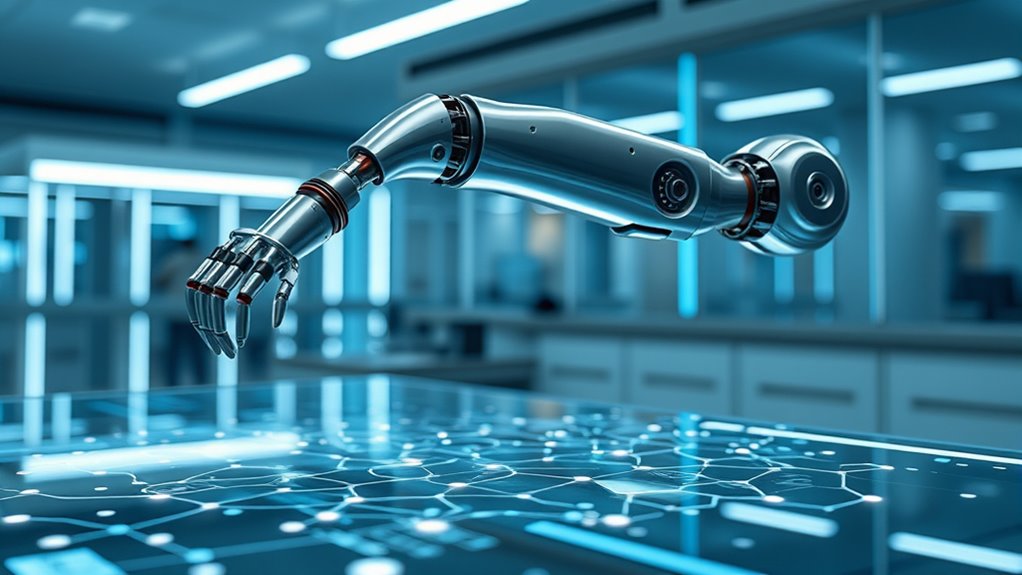Immerse yourself in the world of Programming AI, where technology meets creativity. This field blends computer skills with innovative ideas to build smart systems. AI, or artificial intelligence, lets machines think and act like humans. It’s behind many tools we use daily, from voice assistants to recommendation apps. Programmers in this area learn to create systems that can learn, solve problems, and even talk.
At the heart of AI programming are key ideas like machine learning and deep learning. These help machines get smarter by studying data. There’s also natural language processing, which lets computers understand human speech or text. To get started, many turn to platforms like DataCamp. They offer courses on AI basics and advanced topics like generative AI. Knowing a language like Python is a must since it’s widely used to write AI code. Plus, understanding data science, including stats and probability, helps build strong AI models. Their AI Fundamentals track provides an accessible introduction to these concepts for beginners accessible introduction. Additionally, ethical considerations are vital to ensure AI systems are developed responsibly ethical considerations.
Dive into AI programming with machine learning and natural language processing, mastering Python and data science through platforms like DataCamp.
AI programmers use cool tools to make their work easier. Google AI Essentials, for instance, helps automate tasks and create content. Large language models like ChatGPT are essential for generating text or chatting. Libraries like TensorFlow and PyTorch are popular for building AI systems. Programmers also need to know about AI architectures to design and launch models. Setting up a good workspace on their computers is important too. Proficiency in cloud computing platforms like AWS and Azure is crucial for deploying AI models and managing large datasets.
There are different ways to train AI. Supervised learning uses labeled data to teach models how to predict things. Unsupervised learning lets models find patterns in data on their own. Deep learning uses special networks for tasks like recognizing images or processing sequences. AI is used in many areas, like healthcare for diagnosing diseases, or finance for spotting fraud. It’s also in robotics, computer vision, and speech recognition.
However, building AI isn’t always easy. Challenges include keeping data private and secure. There’s also the issue of bias in models, which can lead to unfair results. High-powered computers are needed, and ethical concerns must be considered. Understanding how AI makes decisions is crucial for trust.
Despite hurdles, programming AI continues to shape the future with endless possibilities.









